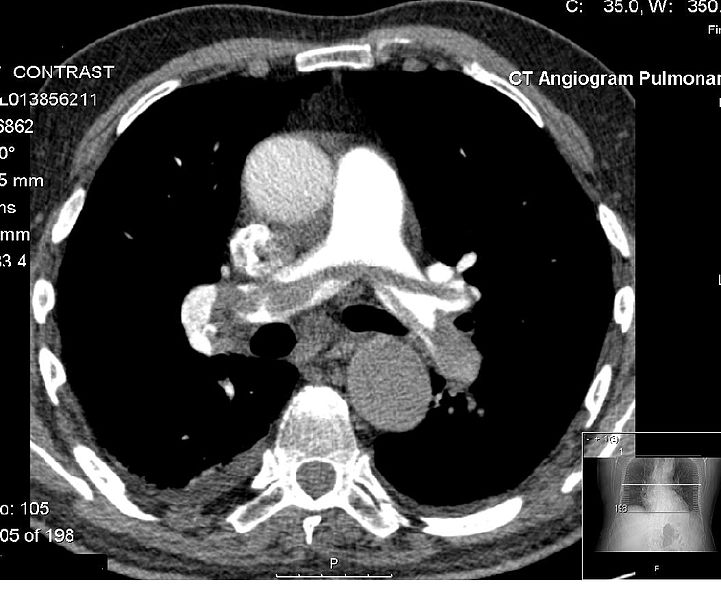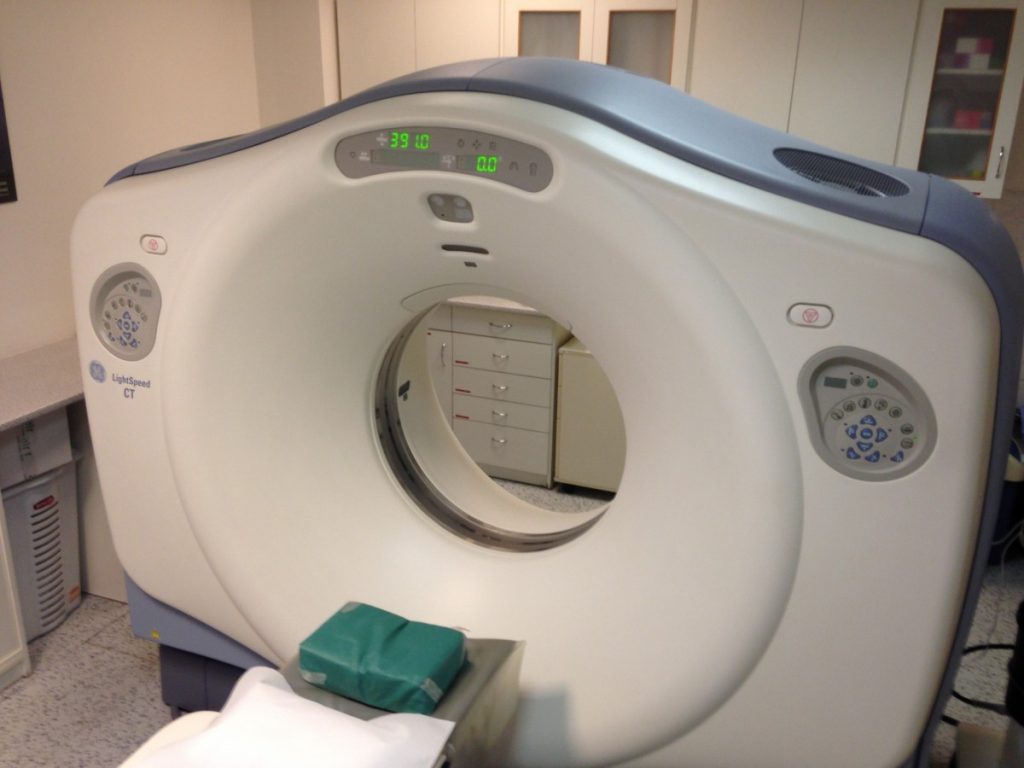The primary objective of the study is to determine whether individuals with Chronic Obstructive Pulmonary Disease (COPD) who complete ventilation-feedback training combined with a moderately-high intensity exercise and upper body strength program will demonstrate significantly longer exercise duration on a constant work rate treadmill test when compared to subjects who are randomly assigned to a moderately-high intensity exercise and upper body strength training program without ventilation-feedback or ventilation-feedback only. Secondary study objectives are to determine whether individuals with COPD who complete ventilation-feedback training combined with a moderately-high intensity exercise and upper body strength training program will demonstrate significantly: (a) greater exercise tolerance and aerobic power; (b) lower perception of breathlessness during progressive and constant work rate leg-cycle and treadmill exercise testing; (c) higher tidal volume and lower breathing frequency during constant work rate and at any given workload during progressive testing; (d) lower score on the Chronic Respiratory Disease Questionnaire indicating improved quality of life; (e) higher transition focal score (less dyspnea) on the Transition Dyspnea Index; (f) maintain a sustained breathing-pattern adjustment to exercise when compared to subjects who are randomly assigned to a moderately-high intensity exercise and upper body strength program without ventilation-feedback or ventilation-feedback only.
Official Title
Conditions
– Pulmonary Disease, Chronic Obstructive
Study Type
Interventional
Study Design
Treatment, Randomized, Open Label, Active Control, Single Group Assignment, Efficacy Study
Further Details
Statement of the Problem: Chronic obstructive pulmonary disease (COPD) is a term used to characterize those individuals with chronic bronchitis or emphysema who have obstruction to airflow on a spirogram. 1) Patients with COPD have a poor exercise capacity that is reflective of their underlying disease. 2) The symptoms of lung disease triggered by simple low-intensity activities of daily living such as dressing and undressing, bathing and shopping are insufferable, consequently these patients become sedentary. An increasingly sedentary lifestyle leads to muscle deconditioning making physical activity even more intolerable. 3) The cycle continues in a downward spiral. Pulmonary rehabilitation is essential to assist persons with COPD to cope with their disease. The two primary objectives of pulmonary rehabilitation are to control and alleviate the symptoms of the respiratory illness and to assist the patient toward optimal capabilities in carrying out his/her activities of daily living. 4) The proposed study will evaluate the efficacy of a unique program of ventilation-feedback training combined with leg-cycle and walking exercise to improve exertional endurance, perceived dyspnea and quality of life in persons with COPD. Hypothesis: Individuals with COPD who complete 12-weeks of ventilation-feedback training combined with a moderately-high intensity exercise and upper body strength training program will demonstrate significantly longer exercise duration on the treadmill constant work rate (CWR) exercise test when compared to subjects who are randomly assigned to a moderately-high intensity exercise and upper body strength training or a ventilation-feedback training only program. Specific Objectives: Short-term Objectives- The primary objective of the proposed study is to determine whether individuals with COPD who complete 12-weeks of ventilation-feedback training combined with a moderately-high intensity exercise and upper body strength training program will demonstrate significantly longer exercise duration on the treadmill CWR exercise test when compared to subjects who are randomly assigned to a moderately-high intensity exercise and upper body strength training program without ventilation-feedback or a ventilation-feedback program only. The secondary objectives of the proposed research are to determine whether individuals with COPD who complete ventilation-feedback training combined with a moderately-high intensity exercise and upper body strength training or ventilation-feedback only program will, when compared to subjects who are randomly assigned to a moderately-high intensity exercise and upper body strength training program only, demonstrate significantly: (a) greater work tolerance and aerobic power on maximal leg-cycle and treadmill exercise tests; (b) lower perception of breathlessness during progressive and CWR leg-cycle and treadmill exercise tests; (c) significantly higher tidal volume (VT) and lower breathing frequency during CWR and at any given workload on the progressive leg-cycle and treadmill exercise tests; (d) lower score on the Chronic Respiratory Disease Questionnaire (CRDQ)5 indicating better quality of life; and (e) higher transition focal score on the Transition Dyspnea Index (TDI).6 In addition, six weeks after completing the training program all subjects will repeat the treadmill CWR test. This will be done to assess whether the positive effects of the ventilation-feedback training persist beyond the 12-week training period. Long-term Objectives: If our hypothesis is correct, we will use the ventilation-feedback technique to teach a more efficient breathing pattern during activities of daily living. In time, the system will be miniaturized and portable thereby making this new technique readily usable during pulmonary rehabilitation.
Study Start
Eligibility & Criteria
Ages Eligible for Study: 40 Years and above, Genders Eligible for Study: Both Criteria Patients with chronic obstructive pulmonary disease
Total Enrolment
108
Contact Details
[1] Department of Veterans Affairs Rehabilitation Research and Development Service (US)
All content and media on the HealthEngine Blog is created and published online for informational purposes only. It is not intended to be a substitute for professional medical advice and should not be relied on as health or personal advice. Always seek the guidance of your doctor or other qualified health professional with any questions you may have regarding your health or a medical condition. Never disregard the advice of a medical professional, or delay in seeking it because of something you have read on this Website. If you think you may have a medical emergency, call your doctor, go to the nearest hospital emergency department, or call the emergency services immediately.







